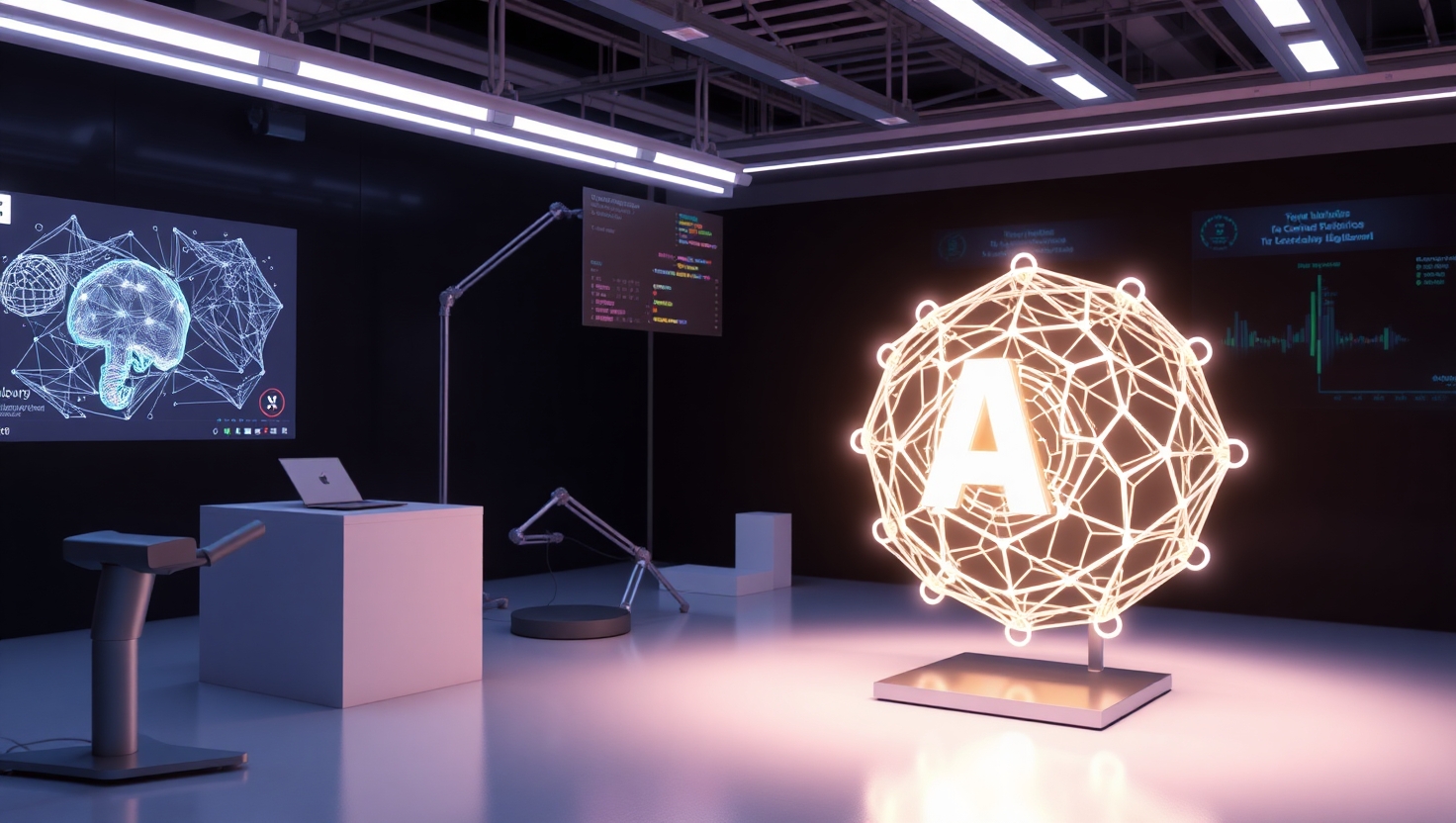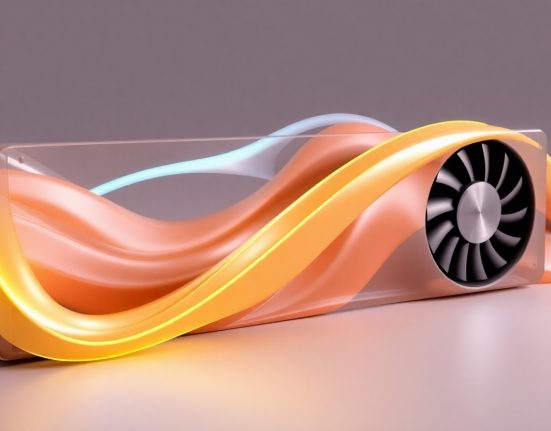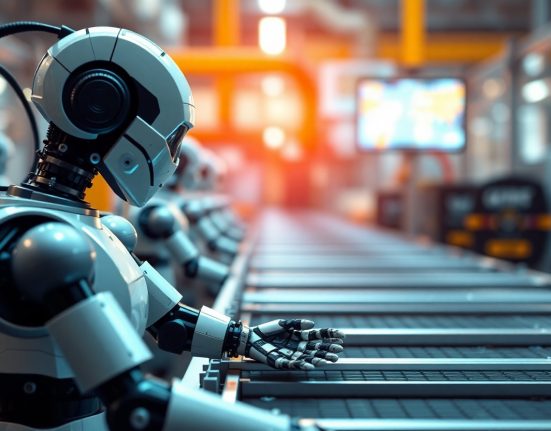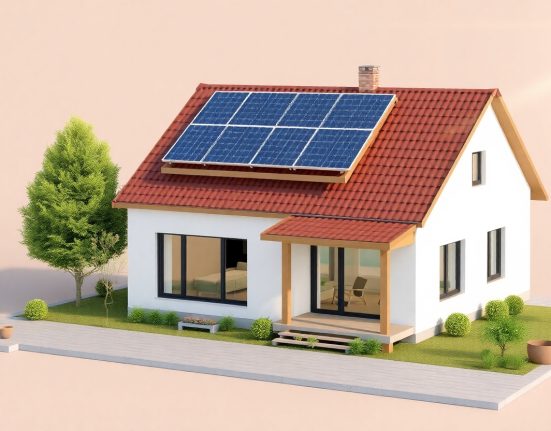Not long ago, when people talked about artificial intelligence, the focus was always on bigger, stronger, more powerful systems. More parameters, deeper layers, more data. The smartest model was also the heaviest one. We were chasing giants with hundreds of billions of parameters and they really did feel like the peak of what was possible. But something is shifting. Slowly and quietly, small models, the kind that used to be seen as toys, are starting to take over entire domains. And it’s not just that they’re faster and more efficient. They’re surprisingly accurate, stable and capable.
What makes the latest generation of small models so special isn’t just their size. It’s their purpose. These models are built to do specific things really well without wasting energy on anything else. Instead of being generalists that try to know everything, they focus on one thing and do it impressively. Translation, answering questions, detecting emotions in text, completing code, analyzing documents. Each of these tasks can now be handled by a compact model trained just for that, without needing a server or expensive infrastructure.
The real magic is in what this makes possible. Suddenly, small developers, startups and even hobbyists can bring powerful AI into the most basic devices. What once felt like science fiction is becoming everyday reality. Natural language processing running directly on a tiny chip inside a home camera. Voice assistants working offline on your phone. Recommendation engines built right into an app without sending any data anywhere. It’s energy efficient, private and cost-effective, and it opens the door to new ways of thinking.
More than that, small models encourage a new mindset for development. Instead of training one huge model and trying to force it to do everything, people build smart, lightweight models that are tuned for specific use cases. Some can even be trained or fine-tuned by users themselves, making the AI feel more personal and useful. It’s faster, more flexible and oddly more human. AI stops being this distant studio tool and becomes something you can actually use, adjust and play with.
The big models aren’t going anywhere. They’re still impressive and still have a role. But the direction is clearly changing. We’re learning to do more with less. And in that simplicity, there’s real depth. Maybe the most surprising part is how much humanity gains from this. Less energy use, fewer resources, less reliance on giant corporations. More creativity, more freedom, more open source. The future of AI might not be bigger. It might just be smarter.














